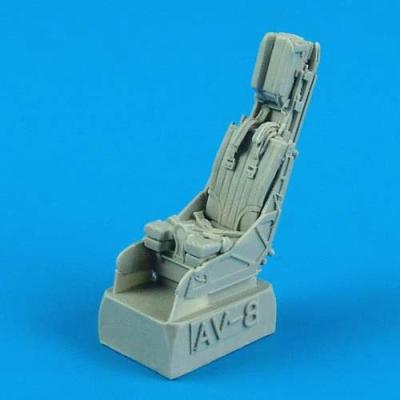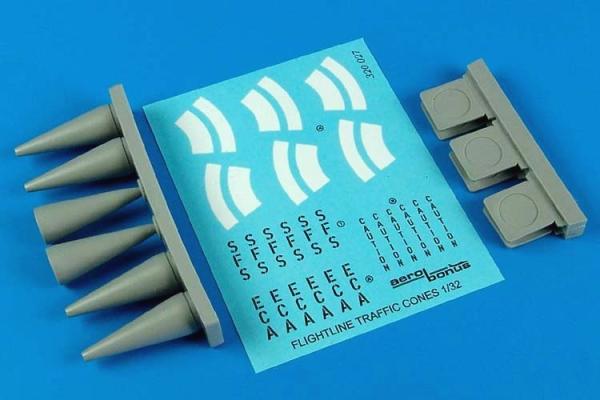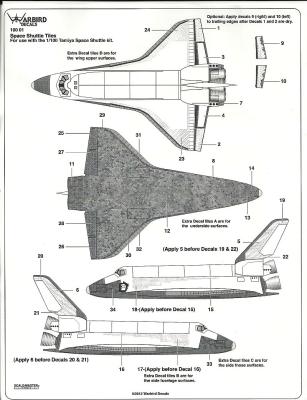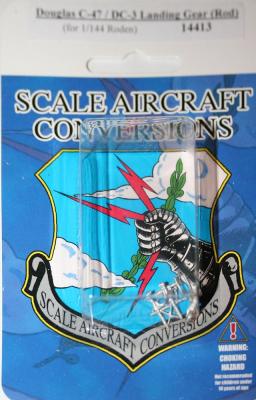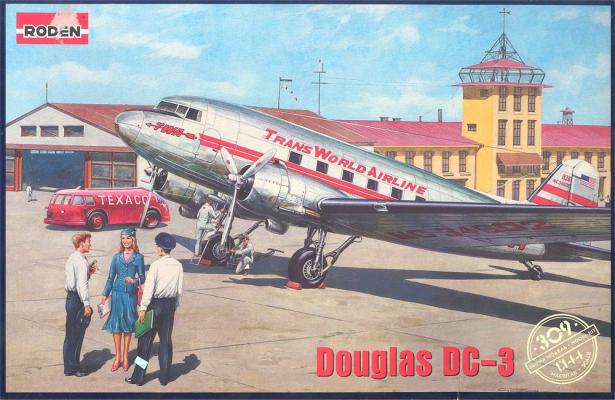Quickboost’s latest resin ejection seat is a 1/48th scale offering for Hasegawa's 1/48 AV-8B II. The seat comes as a single gray casting and is perfectly done in Quickboost's normal gray, pinhole-free resin. Prep is simple – cut the seat off the casting block and sand smooth.
I included photos of the built kit seat (which is decent), but the resin seat and its belts are a definite improvement. The seat fits right into the cockpit. If you consider that adding a set of PE belts would costs a few dollars, buying this seat will fix the belt issue and improve the look of the seat which occupies a large percent of the cockpit.
Another hit from Quickboost and definitely recommended. My thanks to Quickboost and IPMS USA for the opportunity to review this seat.











